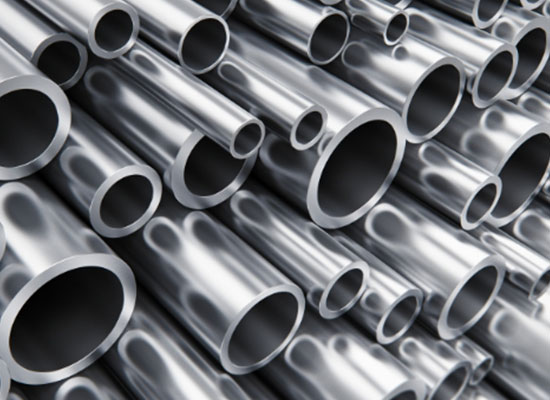An Aluminium alloy (or aluminum alloy; see spelling differences) is an alloy in which aluminium (Al) is the predominant metal. The typical alloying elements are copper, magnesium, manganese, silicon, tin and zinc. There are two principal classifications, namely casting alloys and wrought alloys, both of which are further subdivided into the categories heat-treatable and non-heat-treatable. About 85% of aluminium is used for wrought products, for example rolled plate, foils and extrusions. Cast aluminium alloys yield cost-effective products due to the low melting point, although they generally have lower tensile strengths than wrought alloys. The most important cast aluminium alloy system is Al–Si, where the high levels of silicon (4.0–13%) contribute to give good casting characteristics. Aluminium alloys are widely used in engineering structures and components where light weight or corrosion resistance is required.

Application
Aluminum alloy is the most widely used non-ferrous metal structural material in the industry, and has been widely used in aviation, aerospace, automobile, machinery manufacturing, shipbuilding and chemical industries. With the rapid development of science and technology and industrial economy in recent years, the demand for aluminum alloy welded structural parts is increasing, and the research on the weldability of aluminum alloy is also in-depth. The wide application of aluminum alloy has promoted the development of aluminum alloy welding technology, and the development of welding technology has expanded the application field of aluminum alloy. Therefore, the welding technology of aluminum alloy is becoming one of the research hotspots.
